Positive Arbitrage Explained: Make Money Balancing Liquidity Pools
What Is Positive Arbitrage on Allbridge Core?
What if you could earn money just by bridging stablecoins—in the right direction?
One of the common bridge architecture approaches is to rely on liquidity pools. Tokens go into one pool and are paid out from another. When too many users bridge assets to the same chain, the pool on the receiving end gets drained, and the one on the sending side gets overfilled. This imbalance makes it harder for liquidity providers to withdraw their funds, so many bridges discourage it by raising fees.
But Allbridge Core flips the script.
Instead of punishing imbalanced transfers, Allbridge Core actually rewards users who help bring balance back. It does this by adjusting exchange rates between stablecoins on each side—meaning you might end up receiving more than you send. That’s not a bug — that’s positive arbitrage.
It’s a win-win:
- You profit, just for bridging in the “right” direction.
- The ecosystem stays healthy, with pools balanced across chains.
Positive arbitrage is built into Allbridge Core’s stable-swap-inspired logic. You don’t need to understand the underlying math, you just need to know this: when pools are out of balance, there’s money to be made.
-c04c7a87-b8b2-419a-9859-aaa3c5853db8.jpeg)
Why It Happens: Liquidity Shifts = Opportunity
Every time someone bridges stablecoins using Allbridge Core, they’re moving liquidity from one chain to another. Over time, this creates an imbalance: one pool fills up, the other drains. Here’s an oversimplified example:
Imagine there’s $2 million in liquidity on both Chain A and Chain B. If someone bridges $1 million from A to B, then:
- Chain A’s pool grows to $3 million
- Chain B’s pool shrinks to $1 million
Now the pools are out of sync. If liquidity providers on Chain B want to withdraw, they might not be able to — there’s not enough in the pool. This is a problem for most bridges.
But for Allbridge Core, this is an opportunity.
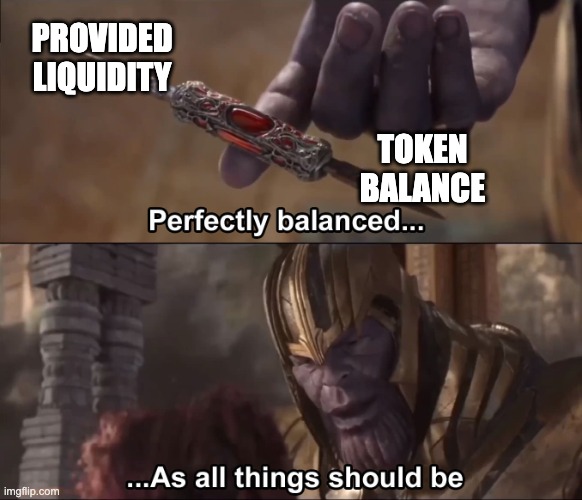
To restore balance, Allbridge Core adjusts the exchange rate dynamically. When you bridge from an underfilled pool (like Chain B in the example), you get a bonus. In simple terms: you get more stablecoins out than you put in — a reward for helping balance the ecosystem.
Want to see how the system works under the hood? Check out our Liquidity Pool Explainer.
Real Profits: Examples from the Community
Let’s move from theory to reality. Positive arbitrage isn’t just a clever idea — it’s already creating profits for users every day on Allbridge Core.
Here are a few real examples from just the last couple of weeks, where users earned extra money simply by bridging in the right direction:
- +$200 profit on a single transfer (view on explorer)
- +$180 profit on a same-chain swap (view on explorer)
- +$100 profit from simple transfer (view on explorer)
And these aren’t even the biggest gains.
During the TRUMP coin craze in January 2025, tons of users were flooding Solana with stablecoins. A few savvy users who bridged out of Solana took advantage of the imbalance — and earned several thousand dollars on a single $100K transfer.
So next time you see the market tilting heavily toward one chain, take a closer look — it could be your moment to earn by doing what others aren’t.
How to Find Arbitrage Opportunities
Allbridge Core offers two easy ways to spot positive arbitrage — no advanced tools or spreadsheets needed. The idea is simple: when one pool gets drained and another overfilled, bridging in the right direction can earn you extra.
Method 1: Use the Pool Imbalance Metric
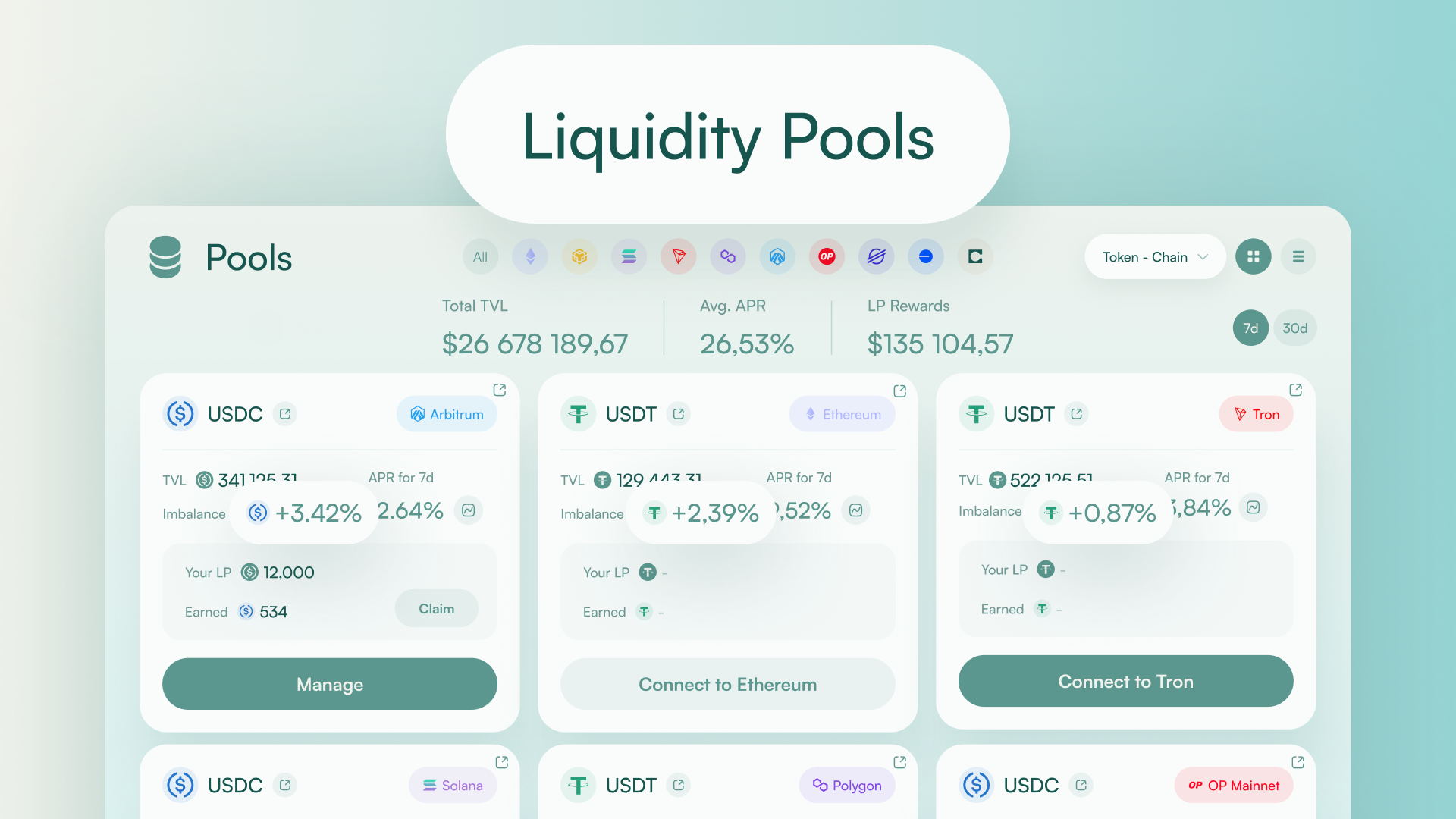
Head to the Liquidity Pools page (https://core.allbridge.io/pools). Each pool shows a pool imbalance percentage — a measure of how out-of-balance it is.
Here’s how to read it:
- High (positive) imbalance means the pool has too many tokens — users are mostly bridging from this chain/token.
- Low or negative imbalance means the pool has too few tokens — users are mostly bridging to this chain/token.
To profit, bridge from a pool with low or negative imbalance to one with high imbalance. You’ll be helping restore balance, and Allbridge Core rewards that with favorable exchange rates.

The bigger the imbalance difference between the two pools, the greater the arbitrage opportunity.
Method 2: Use the Swap Page’s Best Rates List
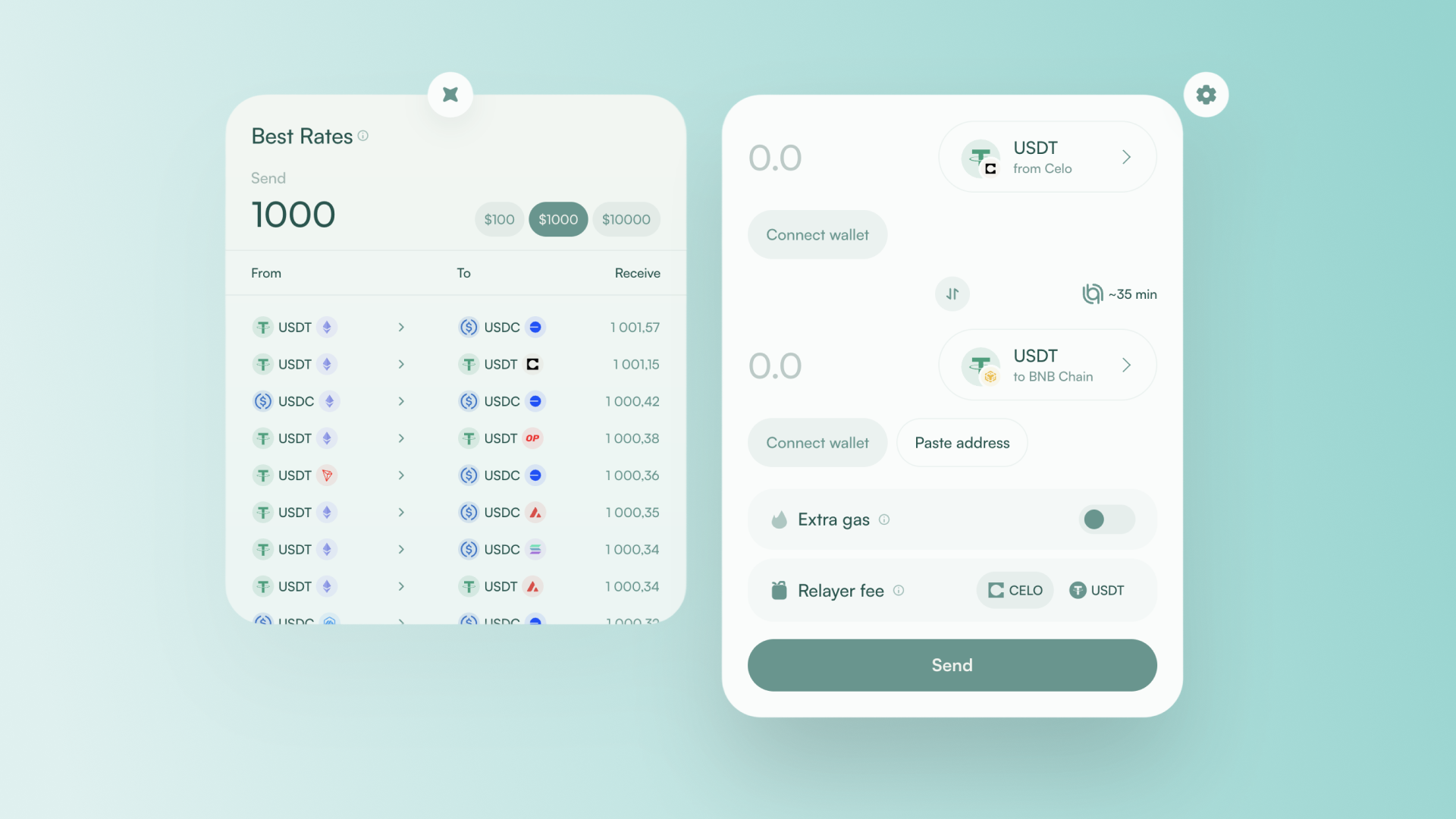
Visit the Swap page. Under the “Best Rates” section, you’ll see real-time previews of:
- The most profitable source/destination chain pairs
- Estimated output for various transfer sizes ($10, $1,000, $10,000, or a custom amount)
This method is more accurate than just comparing pool imbalances, because it takes into account:
- The actual pool math (the stable-swap invariant)
- The size of the pools
- The virtual balance adjustments behind the scenes
So if you’re looking for the best rates without manually comparing metrics, this is the easiest and most reliable option.
Factor in Transaction Fees
Even if you get more tokens out than you send, your real profit depends on costs like:
- Gas fees on the sending chain
- Relayer fees on the destination chain
Check these before executing your transfer to ensure your arbitrage remains in the green.
Automate It: Set Up Your Arbitrage Station
If you’re technically inclined — or just like the idea of earning on autopilot — you can take your arbitrage strategy one step further by automating the process.
Allbridge Core provides everything you need to set up a personal arbitrage bot or no-code automation flow.
Use Our SDK for Real-Time Arbitrage Monitoring
The Allbridge JS SDK (https://www.npmjs.com/package/@allbridge/bridge-core-sdk) lets you:
- Query real-time exchange rates across all supported chains
- Monitor pool imbalances programmatically
- Create and sign transactions to execute transfers instantly when profitable
This means you can write a simple script (or use a no-code tool that supports REST or JS libraries) to constantly watch for high-reward opportunities and act on them before others do.
Explore Developer Tools & Community Resources
Everything you need to get started is available on our GitHub (https://github.com/allbridge-io):
- JS SDK documentation
- Usage examples
- Smart contract links
- Support via Discord or GitHub Issues
Whether you’re building a full bot or just testing ideas, the tools are free and fully open-source.
From Manual to Fully Hands-Free
With just a bit of setup, you can turn Allbridge Core into a real-time yield engine — one that watches the network 24/7 and captures opportunities before they disappear.
Closing: Bridge Smarter, Earn Better
Positive arbitrage on Allbridge Core flips the traditional bridging experience on its head. Instead of paying extra fees when pools are imbalanced, you can earn by restoring balance — turning stablecoin transfers into real opportunities.
You don’t need to be a pro trader to take advantage of it. Whether you’re checking rates manually or automating your strategy, Allbridge Core rewards you for being on the smart side of the trade.
This isn’t just bridging.
It’s bridging with benefits.

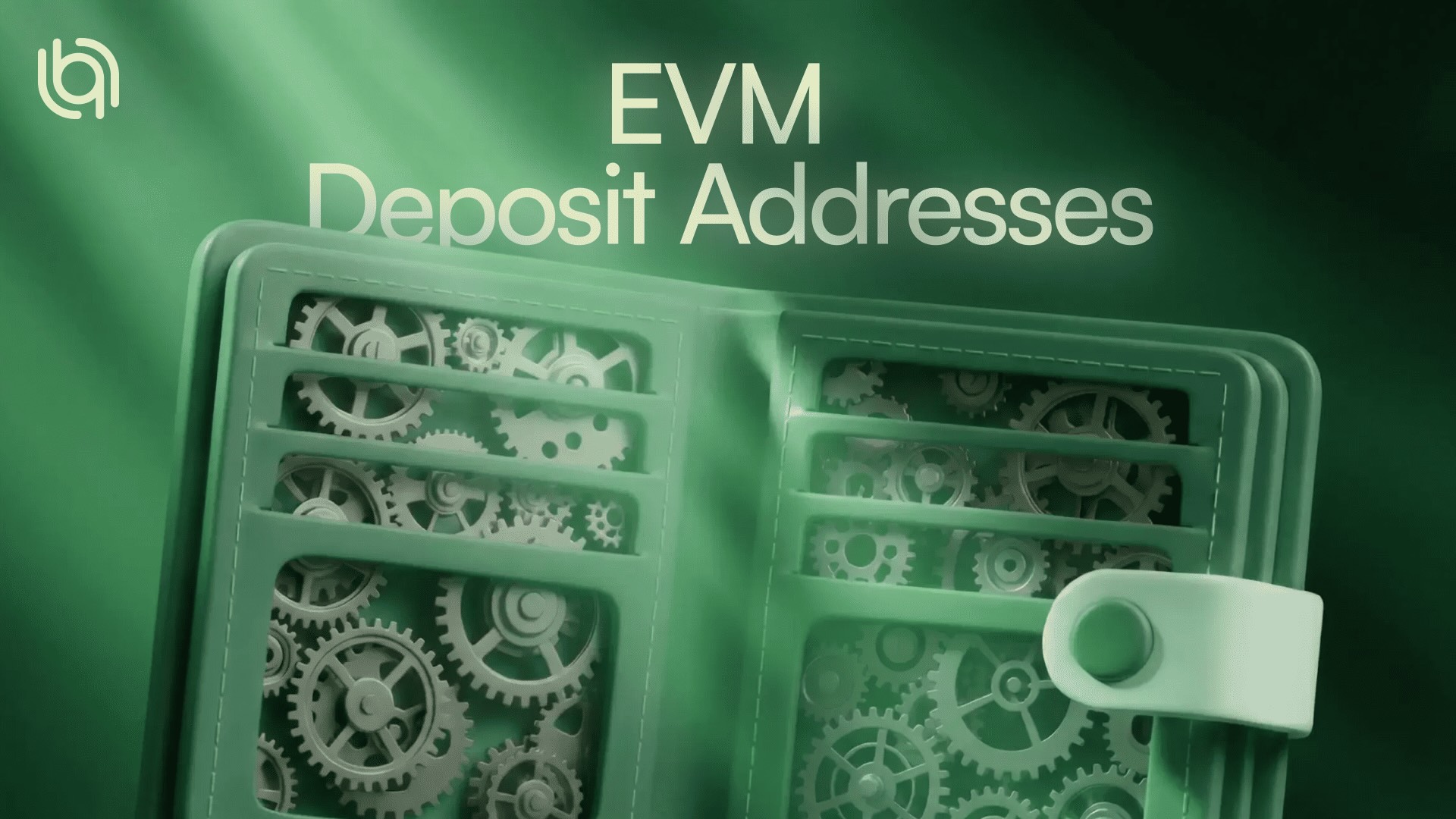
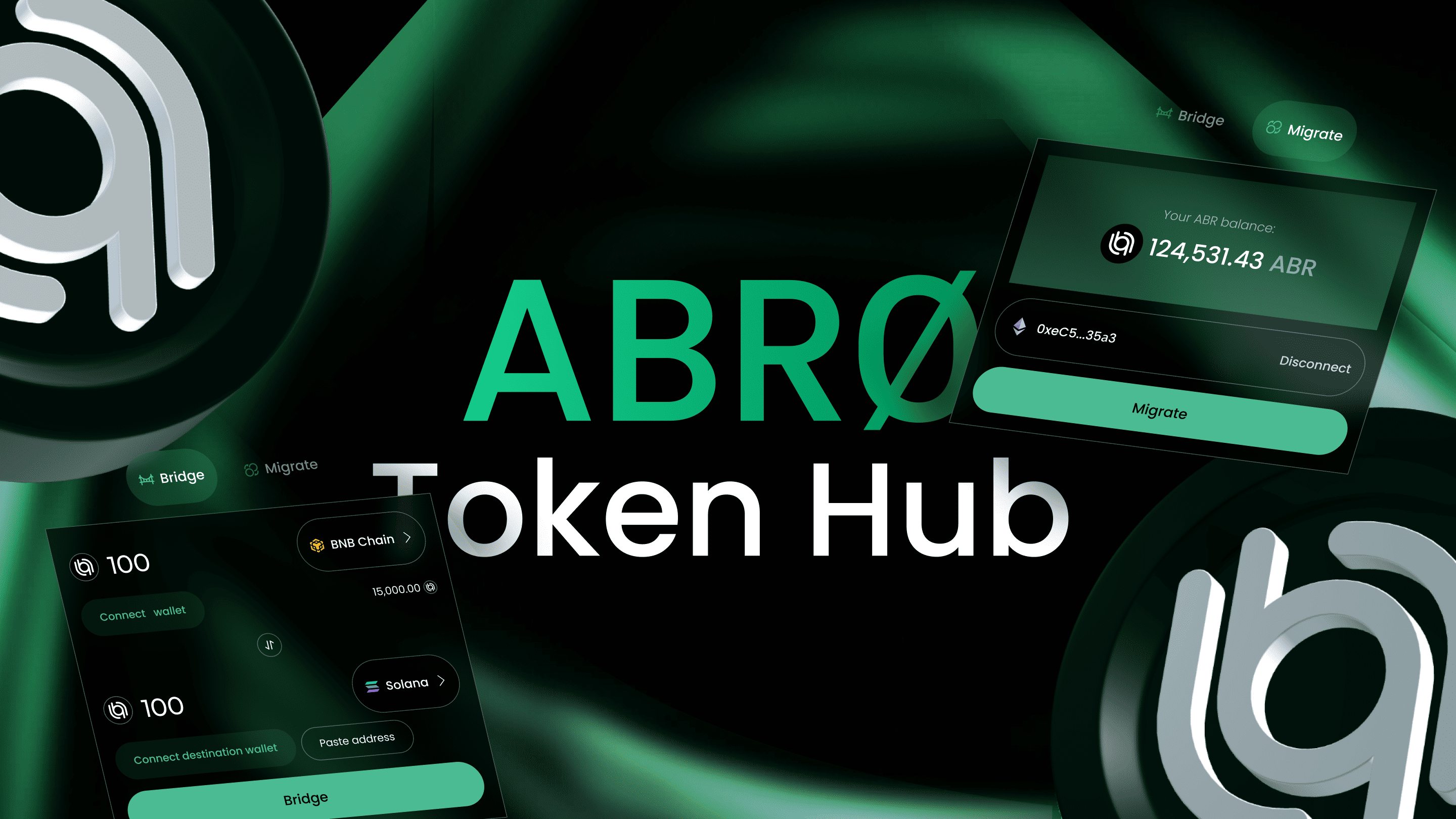
-0a4714b2-c0f8-4c92-a0ea-e47c5d800587.png)